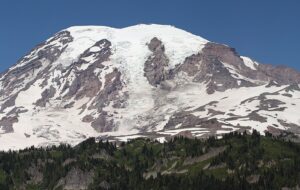Little afterslip in the April 2015 Nepal earthquake indicates buildup of strain
In the days following the April 2015 earthquake in Nepal, afterslip produced little surface evidence of continued movement. That meant only one of two things could be happening: either the part of the fault that hadn’t moved was experiencing a slow-slip event, a slow-motion earthquake, or it remained completely locked, accumulating further strain in that segment of the fault. A new research paper finds it is likely the latter.
“While this 2015 earthquake killed 8,000 people, left tens of thousands homeless and destroyed parts of Kathmandu, the amount of strain built up in the faults, if released suddenly, could do much more damage in this part of the world.”






